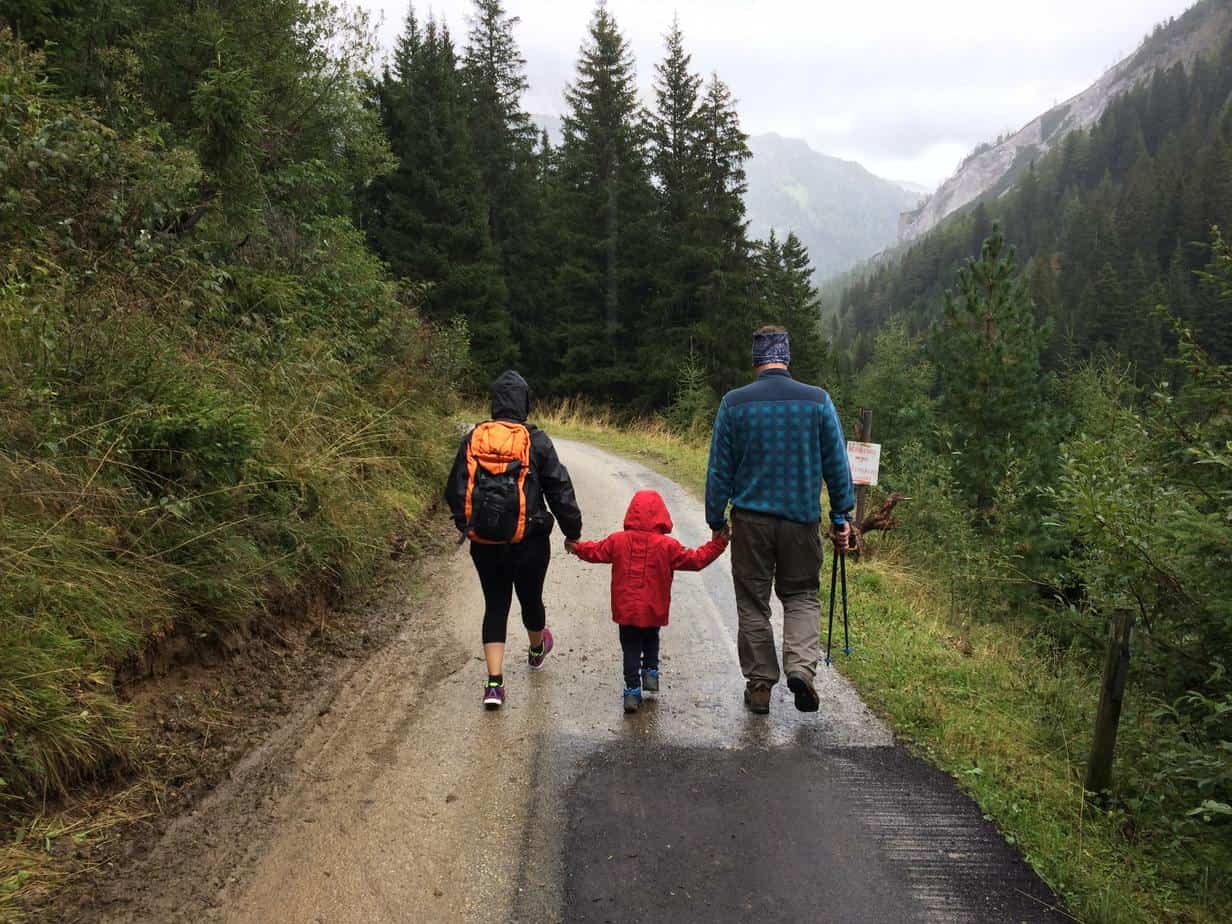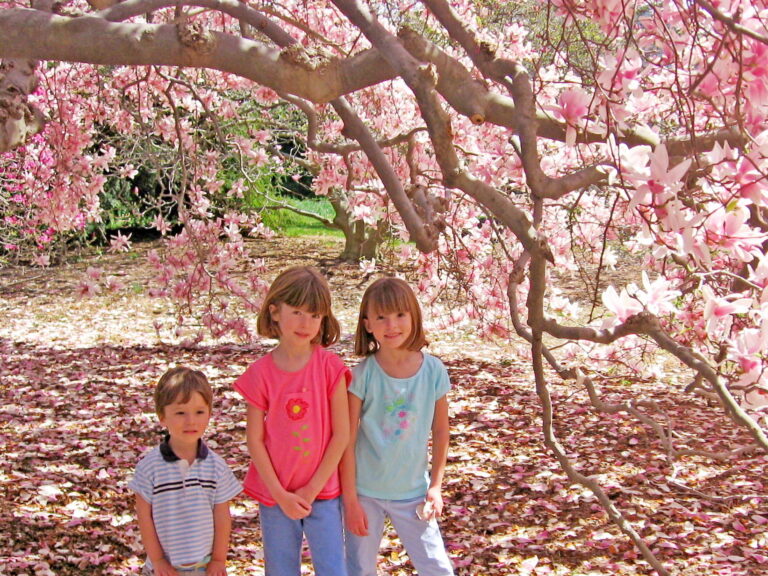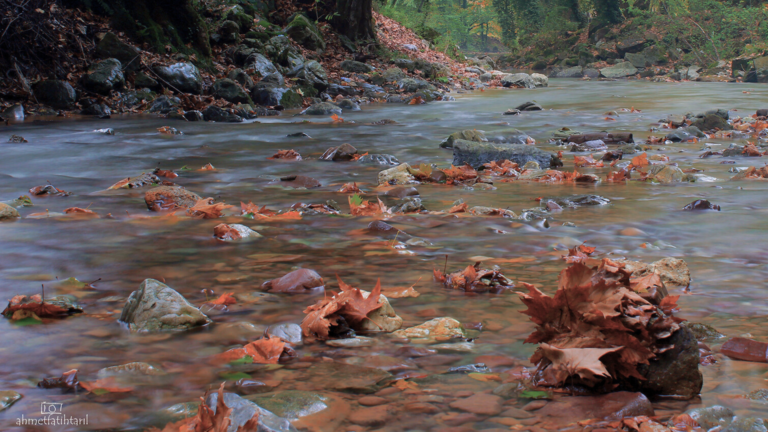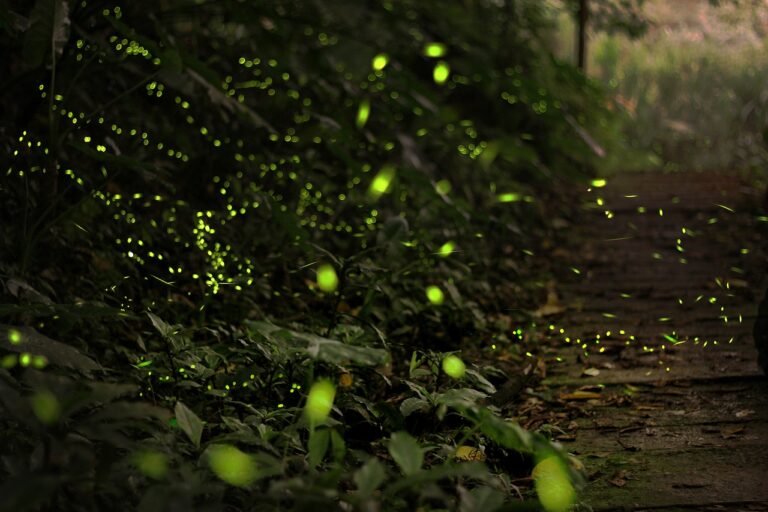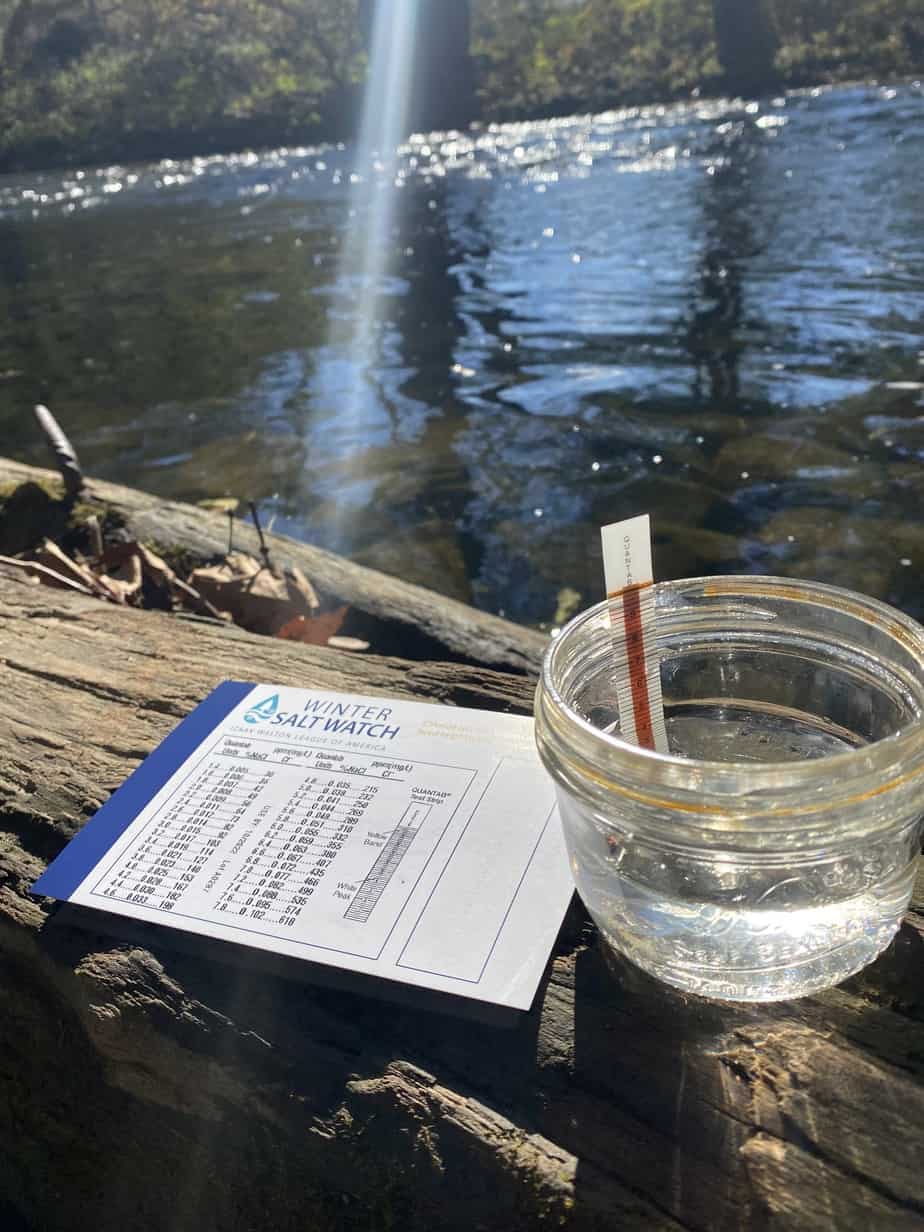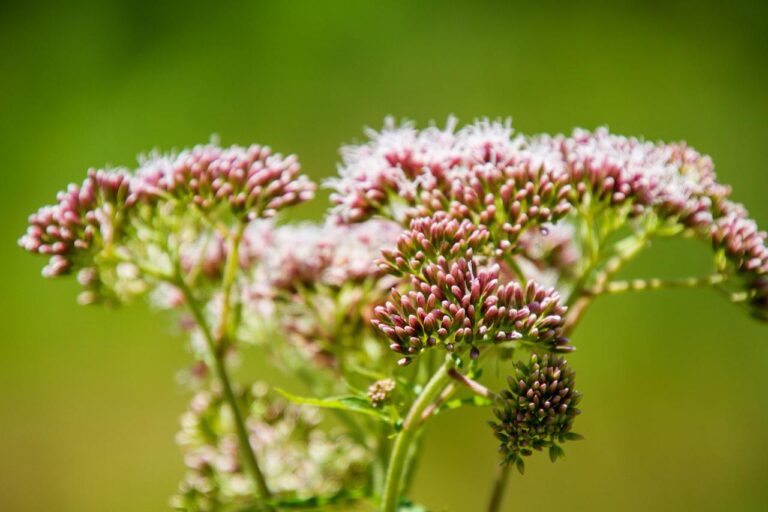A Year of Community Science: Family-friendly Fun
Have you “been there, done that” in terms of local field trips?
What if we told you that there’s a whole world out there of engaging experiences and field trips for your family that are CHEAPER for you and more PURPOSEFUL for everyone, not to mention HELPFUL to scientists? Community science projects provide a perfect way for families (and homeschoolers, and classes) to get outside and get involved! So If you’re new around here, check out our post on How to Change the World if you want to know more about the basics. Otherwise, keep reading for more information on how to use this guide, or jump right to the list of projects for the year.
Fall Season of a Year of Community Science
Fall into Phenology: Project Budburst (September-November)
Are you familiar with the concept of phenology? Or is that term new to you? Phenology is the timing of nature’s events in relationship to seasons and climate. Watch this Ted Ed and learn more about phenology and why it is so important:
Now that you have learned about phenology, you can help track the rhythms of nature through Fall into Phenology: Project Budburst. You can help scientists see how climate change is affecting plants and what can be done to mitigate those effects. In addition, Fall into Phenology is a great excuse to get outdoors and enjoy the beauty of the season. All you need to do is observe changes in leaf color and record your observations. It is that simple! It only takes ten minutes to send in your data via the Budburst App (iOS, Android). And you can track your trees from year to year to figure out whether they are changing color and dropping their leaves at different times.
Raptor Migration: HawkWatch International (Fall & Spring)
HawkWatch International does long-term monitoring of hawk populations and their migratory paths. Their goal is to promote effective conservation of these beautiful birds. So if you want to see something truly majestic, join them and go on a hawk watch! They have migration sites around the country where you can be a part of their effort to collect hawk count data. While helping, you can learn about the sex, age and color morph, numbers, and behaviors of seasonal migrant raptors. You might even get a chance to see hawks up close during trapping and banding operations. So learn more about HawkWatch through this video and find a hawkwatch site near you!
Project Feeder Watch: The Cornell Lab (mid-November through April)
Simply by watching and recording birds that stop by your yard, you can help scientists study the distribution and abundance of birds throughout North America. This project has been going on since the mid-1970’s and data has been used in scientific journals, magazines, and even a book. Getting involved is easy, flexible and fun for all ages. Sign up here.
Winter Season of a Year of Community Science
Winter Salt Watch (November-April)
Interested? First, read our Winter Salt Watch blog post. Then order your free test kit. Once it comes in the mail, head on down to your local creek, stream or pond to measure road salt in your waterway over time. The Izaak Walton League uses your data to monitor the impact road salt has on our watersheds. Therefore, you’ll be able to see test results (including your own!) on a clickable Google Map.
The Christmas Bird Count: Audubon Society (mid-December – January)
Each winter, Audubon holds the Christmas Bird Count. It’s been going on for over 120 years! Scientists use the data collected to study birds, and have written more than 300 peer reviewed papers based on the data so far. If your family wants to get involved with the Christmas Bird Count, then check out our Christmas Bird Count blog post to find out more. For example, Kelly participated and had a great time, even as a brand new birder!
Project Feeder Watch: The Cornell Lab (continues through winter until April)
Winter Salt Watch: Izzak Walton League (continues through Winter Snow Season)
Great Backyard Bird Count: The Cornell Lab (mid-February)
This community science event takes place during four consecutive days each February and is organized by the Cornell Lab of Ornithology. Participants choose one location and watch birds for at least 15 minutes each day during the four day period. Count all the birds you see or hear during that time. Then use the Merlin Bird ID or eBird apps to share your observations. You help scientists better understand global bird populations before one of their annual migrations. More info at our blog post, Great Backyard Bird Count.
Spring Season of a Year of Community Science

Cherry Blossom Blitz: Project Budburst (February – May)
Cherry Blossom Blitz is the only study of its kind that uses cherry blossom data collected by the public. Therefore, if you have cherry trees blooming in your area, you can participate in the Blitz. Scientists observe when cherry trees bloom year over year. Then they are able to measure the impact of climate change. So if you have access to a cherry tree, you can just observe when it blossoms. Then you send in your observation on your phone via the Budburst App (iOS, Android). Or why not follow your tree through multiple phases? This can include bud burst, first leaf, all leaves unfolded, first flower, full flower, first ripe fruit, full fruiting, 50% color and 50% leaf fall. Lots of opportunities for observations! Read our Cherry Blossom Blitz blog for more details.
The Great Sunflower Project (growing season for sunflowers in your area)
As part of a year of citizen science, grow a Lemon Queen Sunflower in your yard or simply observe pollinators in any plants near you. The Great Sunflower Project tracks bee populations to find out where they are doing well, and where they are not. Why is this important? Pollinators (especially bees) are responsible for every third bite of food you consume, and their numbers seem to be plummeting in many locations! So head on over to their website to sign up and to learn more about how to participate and report your findings.
Spring Raptor Migration: HawkWatch International (through spring)
Project Feeder Watch: The Cornell Lab (through April)
Summer Season of a Year of Community Science
Firefly Watch (June-August)
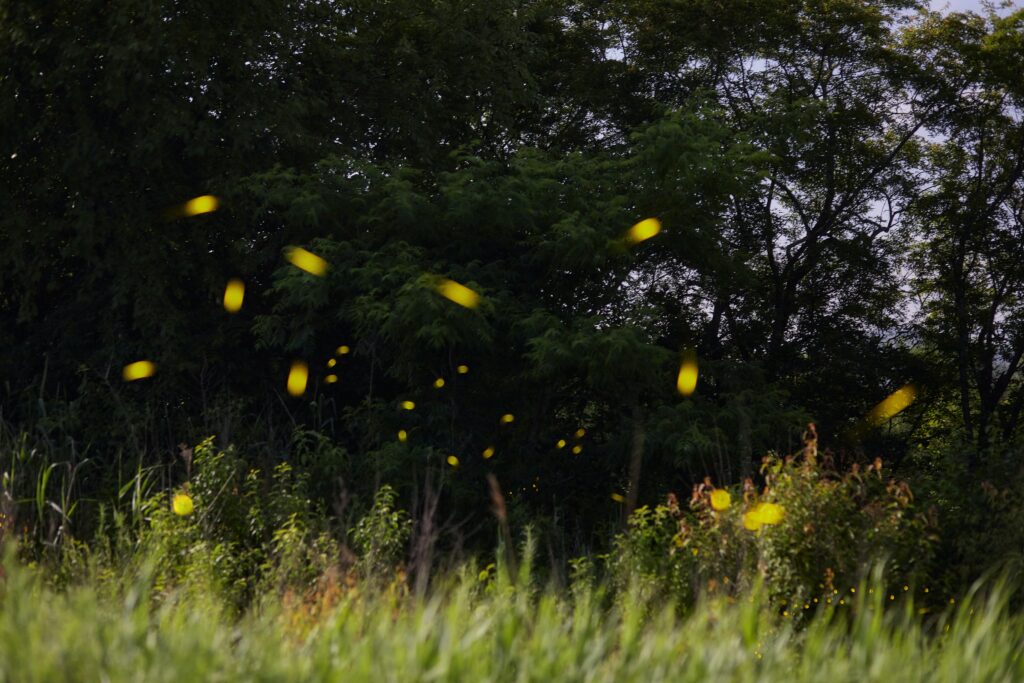
Scientists are mapping the locations of fireflies to learn about population trends. You can help them collect data by participating in the Firefly Watch community science project, right in your own backyard!
Summer Solstice Snapshot: Project Budburst (June-August)
After the rush of plant changes in the spring, it sometimes feels like everything slows down in the heat of the summer. But the plants are still changing. Have you ever paid attention to when different plants are flowering? Or when they are producing fruits, (including some that are delicious)? Project Budburst wants to know how climate change is impacting plants through their Summer Solstice Snapshot. So whether you are at home or on vacation, take a look at the plants around you. Then submit your observations using your Bud Burst App (iOS, Android). In doing so, you will help tell the stories of the flowers, trees, and grasses that are active around you. And you will have completed a year full of citizen science!
The Great Sunflower Project (sunflower growing season)
Monarch Calendar Project: Monarch Watch (July – September)
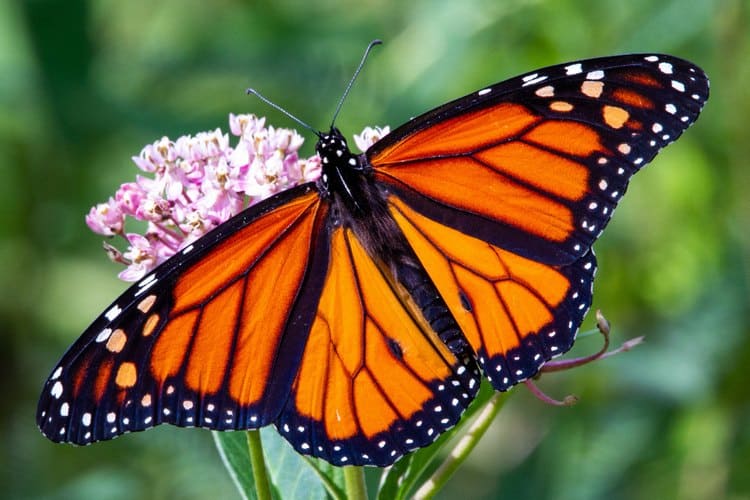
Monarch Watch needs help from community science volunteers in collecting observations of adult monarchs in their area during critical times in their breeding season. You can learn a lot more at our blog post, Butterflies in Peril: Help Save the Monarch. Your participation is needed NOW as scientists try to figure out why monarch butterfly populations have dropped so much in recent years. Monarch Calendar Project is looking for its summer observations between July and September. Your exact time period depends on your latitude (above or below 35N). You can learn more about how to participate at MonarchWatch.org.
Marine Debris (Summer or anytime)
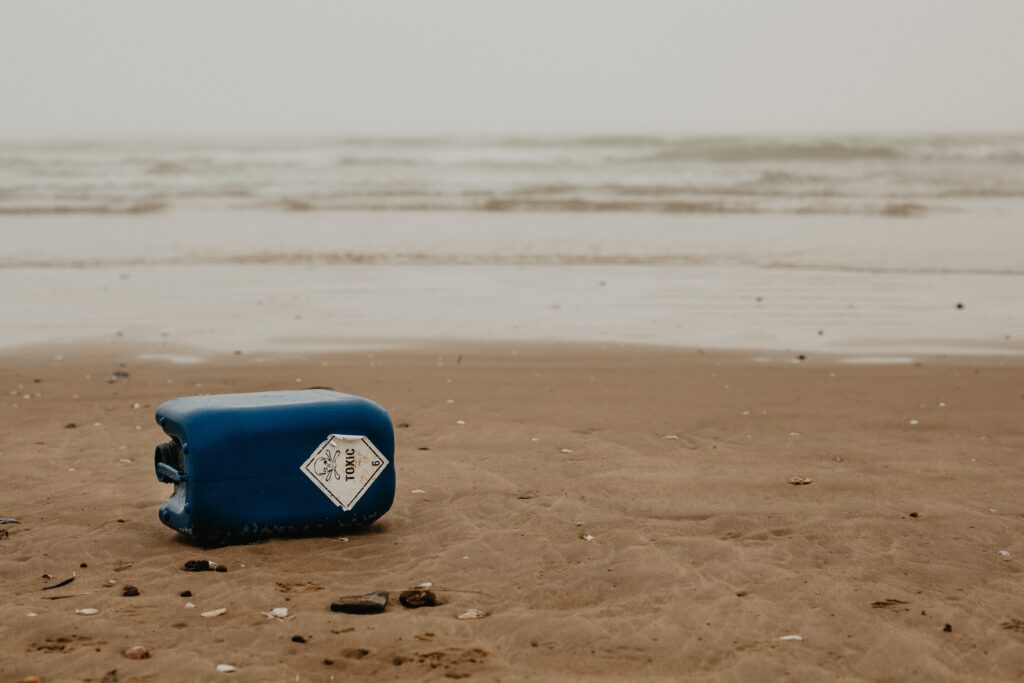
Tons of trash can be found in our waterways big and small. Think about how often you have seen household and construction dumped inland along the shores of a lake or inlet or plastic washed up on the beach. Consider too how our appetite for disposable goods contributes to this problem. Everyone can play a role in reversing the pollution problem. Through the Marine Debris Program, starting a cleanup is easy. You can also help collect data on the debris you find using the Marine Debris Tracker App. This tool helps scientists track where marine debris is washing up in the oceans or other water bodies.
So there you have it! A year of community science! If you want all these opportunities in one convenient place, grab our freebie, “9 Hands-on Community Science Projects” Have a great time!

